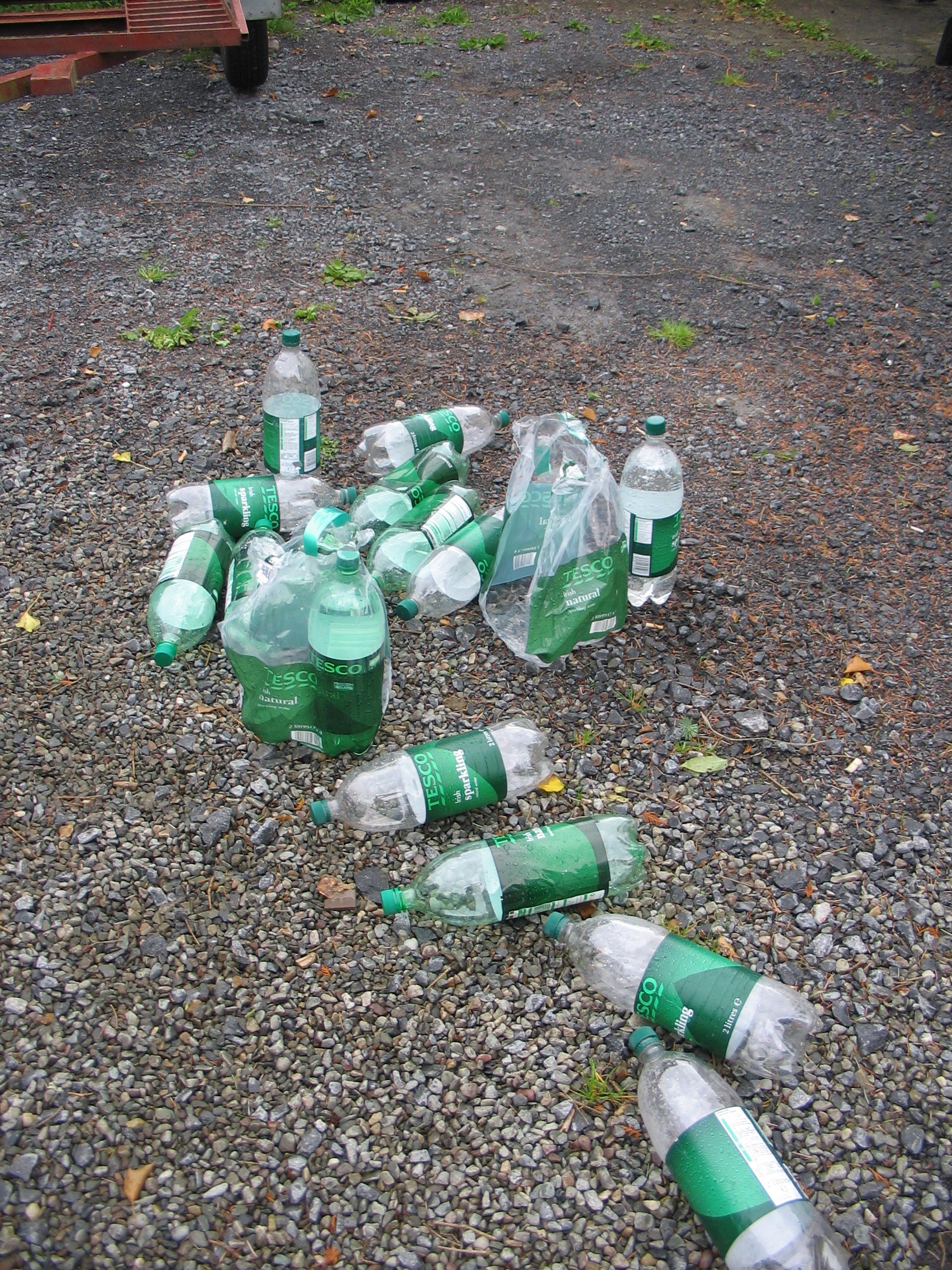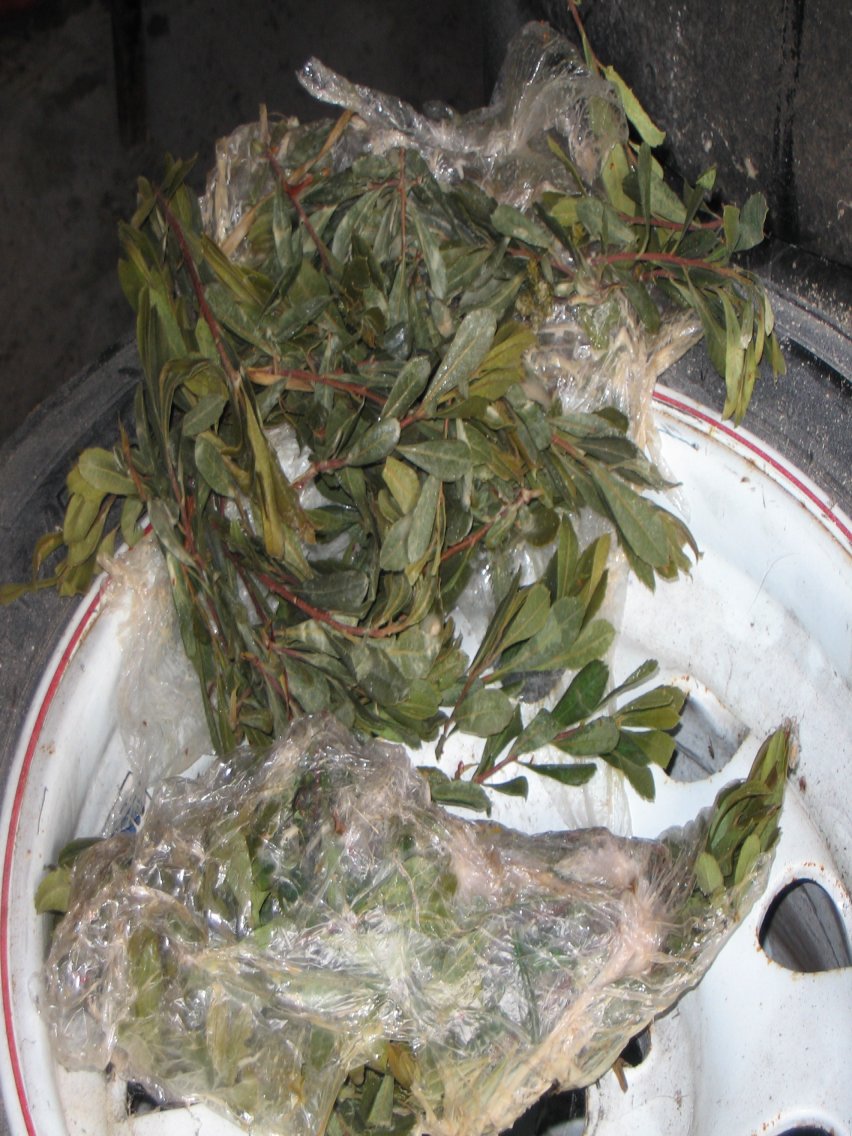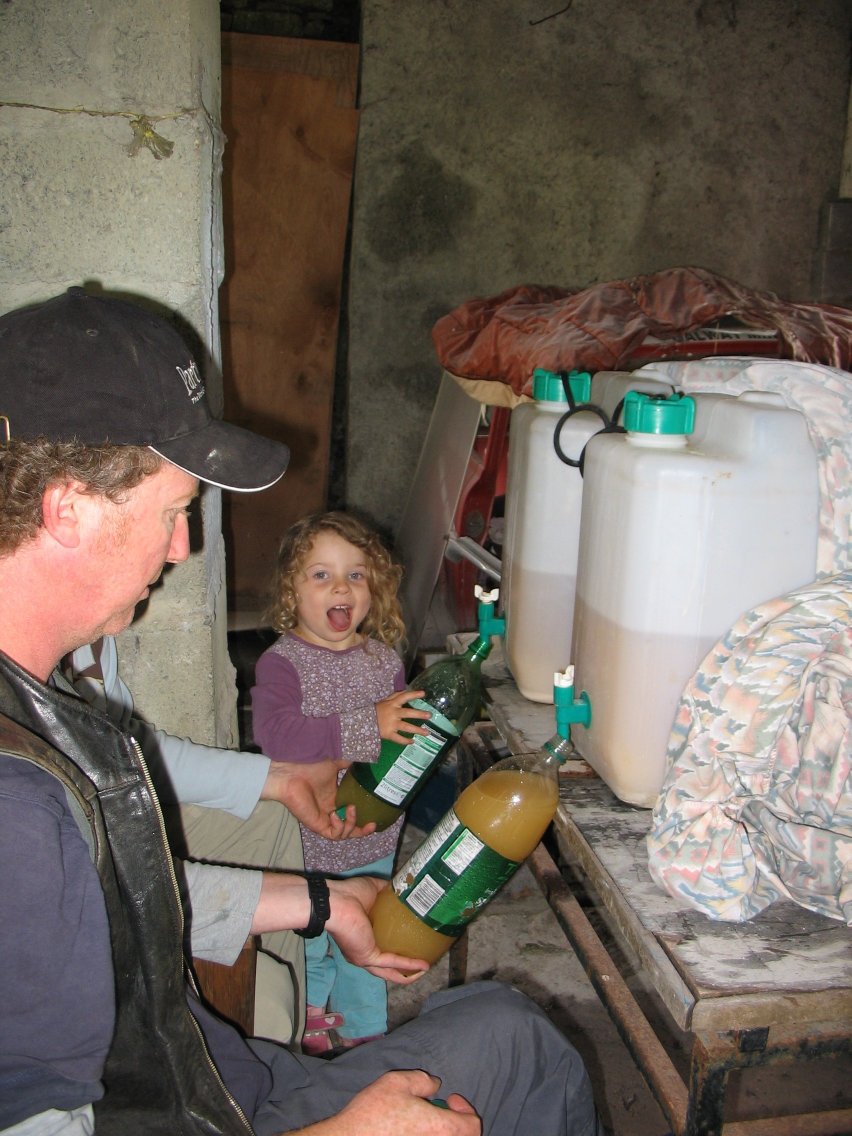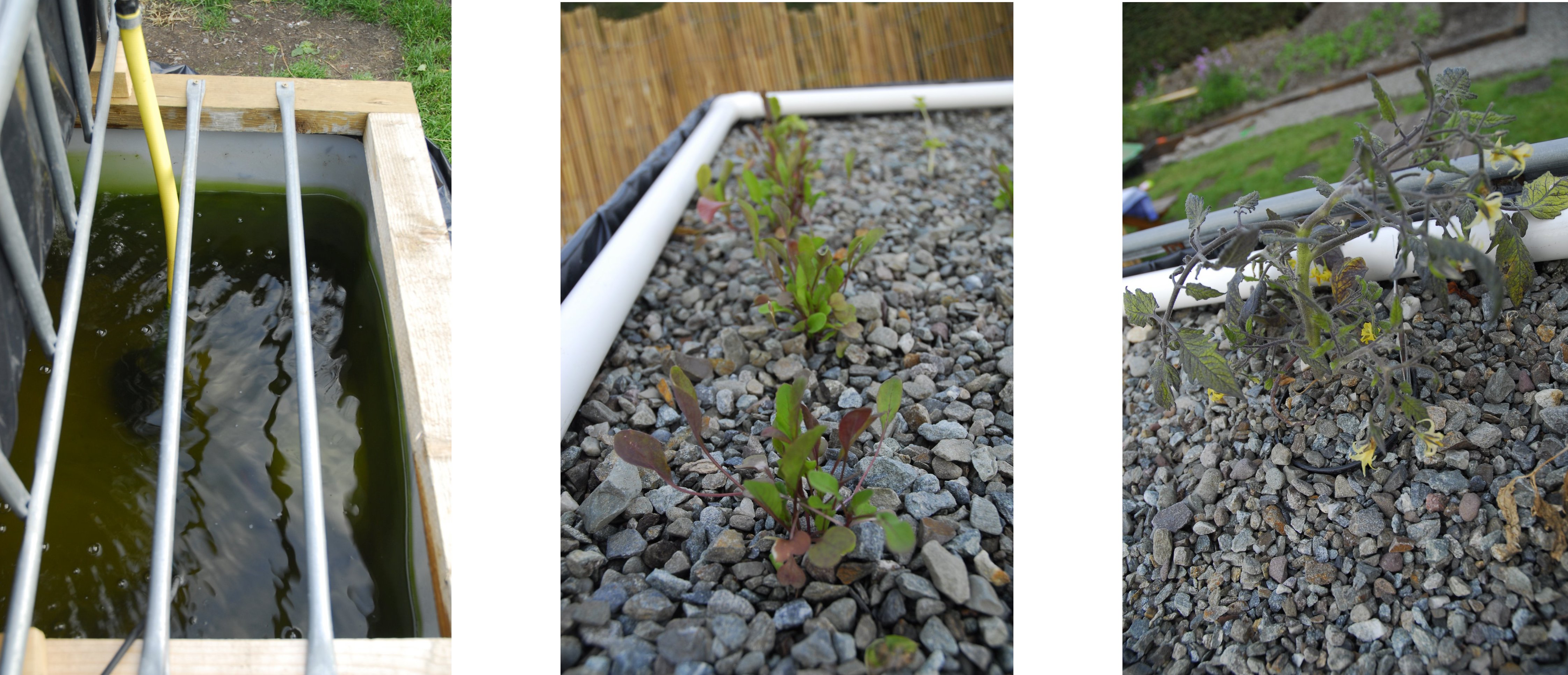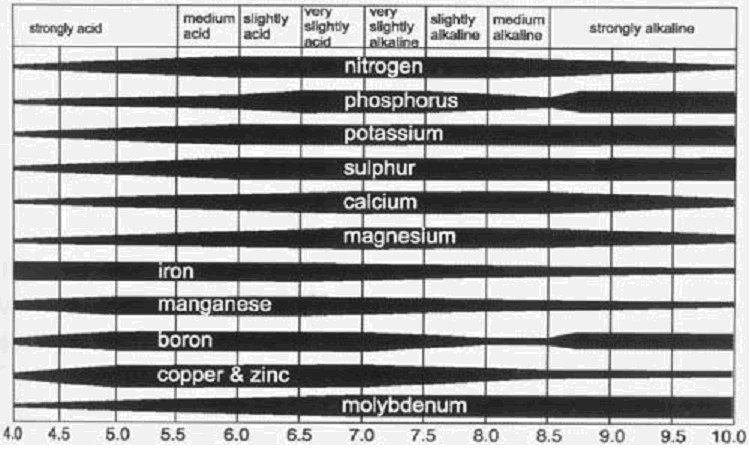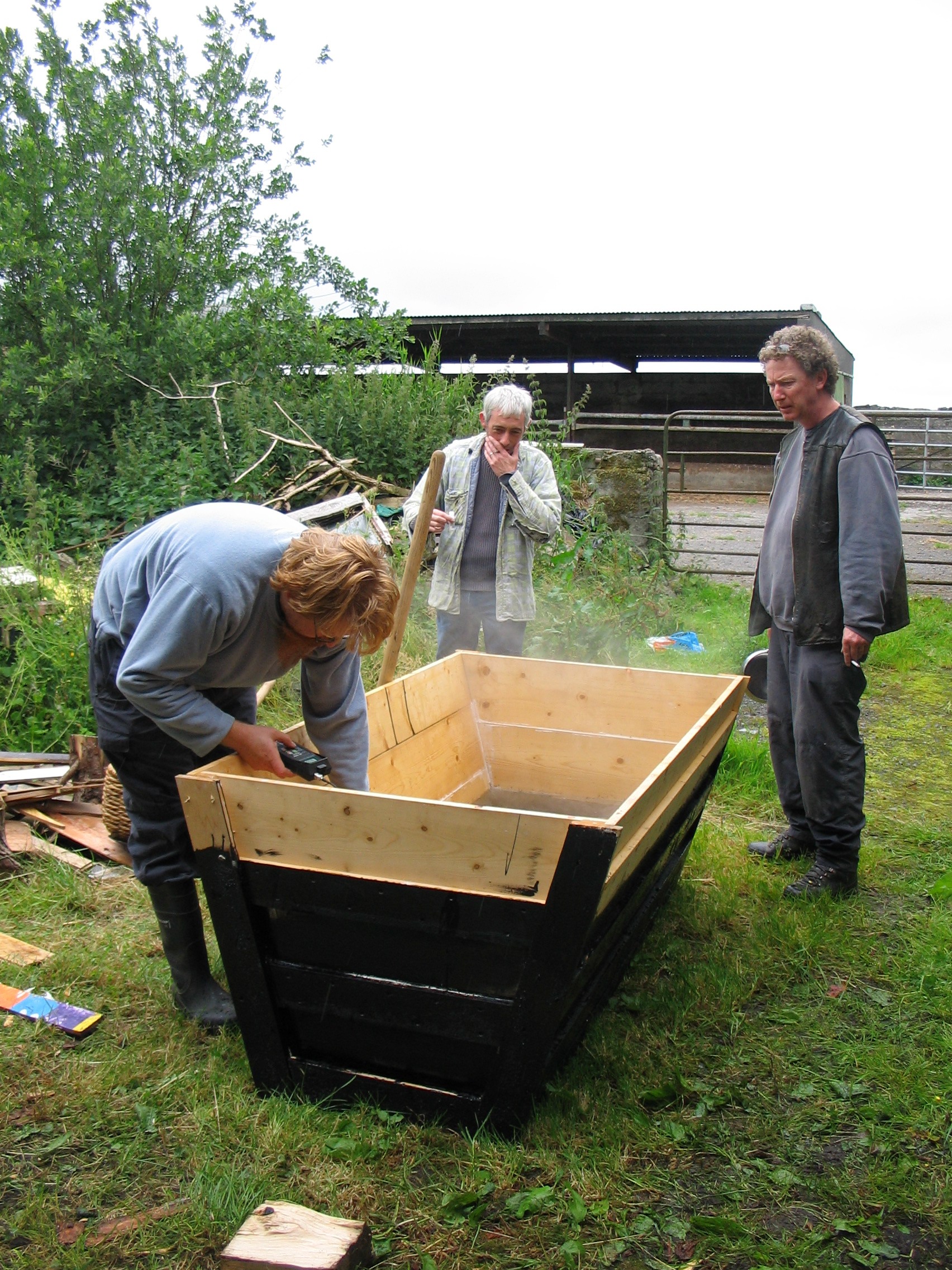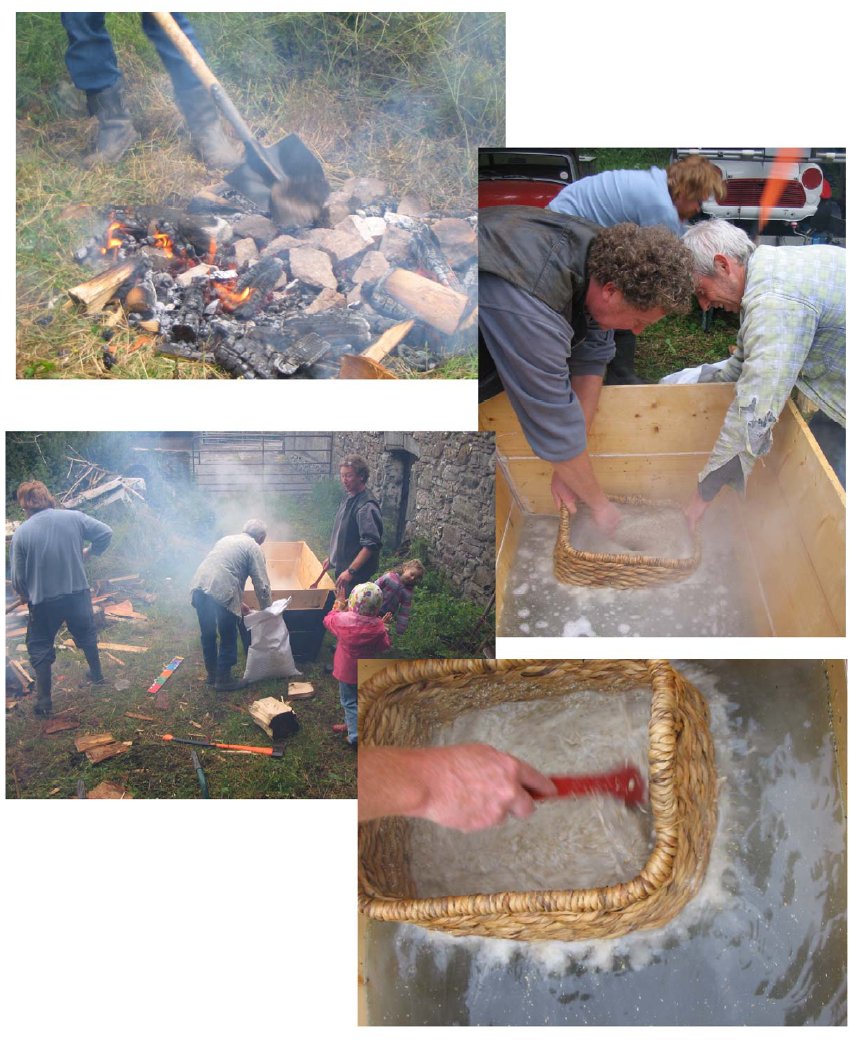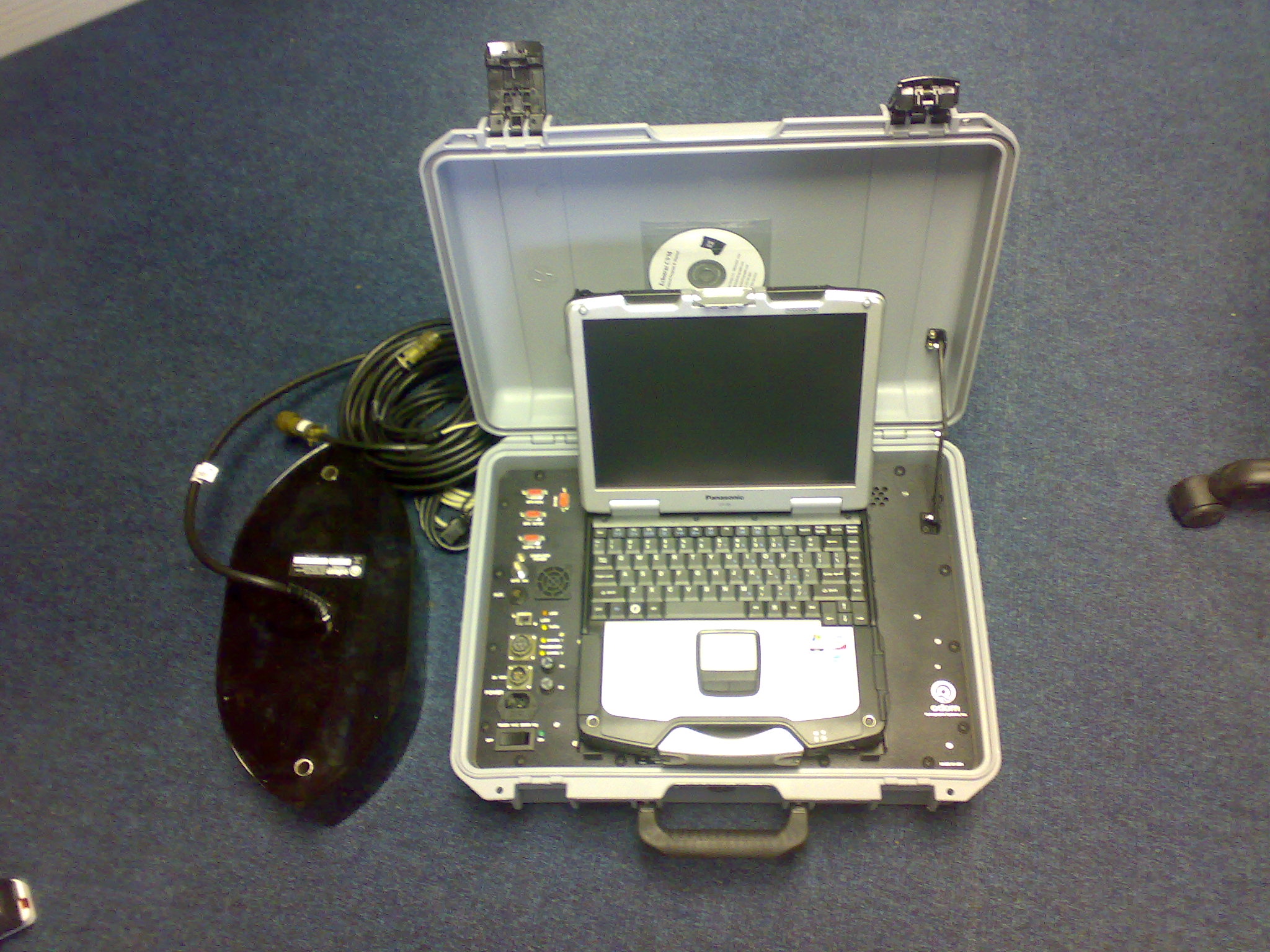Gathering stuff from the blogworld/internets on Beer, Archaeology, the Environment, Aquaponics and anything else that strikes us as interesting, since May.
Julians suggestion that the EU offer us Ice Cream in order to ensure we (the Irish people, that is) back EU reform has been backed up by the chief foreign affairs columnist of the Financial Times. Julians gut feeling is for Strawberry flavour.
Our No vote has certainly elicited some strong responses from various European commentators with talk of revisiting the referendum starting almost immediately, but the pervasive feeling seems to be that that the best way to react to the crisis is to ignore it and proceed with ratification everywhere else… So we’ll do the same and leave our final comment on it to the end of this post.
Given that WAC 6 is just around the corner here’s a preview of some of the events and presentations (which will be both wide ranging and diverse) expected next week. There’s obviously far too much to include here, this is just a flavour..
First off – the Ironbridge Van excavation/In Transit presented by John Schofield (UK) with photographs by Urusula Frederick and Katie Hayne (Australia). The aim of ‘In Transit’ was to disassemble a transit van under forensic conditions and in an archaeological manner!
On Friday, there’s a session on Hot Rock Technology, which will include a presentation by Mick Monk of University College Cork entitled ‘Grain or no grain, will fulacht fiadh remain the same?’. In his abstract Mick states: ‘The genesis of this paper was a reply by the Irish Archaeobotanists Discussion Group to an inventive recent suggestion that Irish fulachta fiadh were used for brewing’.
Here’s the summary for the session –
Evidence of heating, or fire cracking of stones is common at a variety of archaeological site types, perhaps the most common being the enigmatic burnt stone mounds which are arguably one of the most common sites types in northwest Europe. The heating of stones as part of cooking is also well attested from the anthropological and ethnographic literature from many parts of the Globe. However, there are other possible uses of heated stones and other functions or meanings associated with exposing stones to fire. Despite the frequent occurrence of burnt of fire cracked stones on archaeological sites remarkably little is known about the process and its cultural associations. This session will explore hot stone technologies and associated archaeological artefacts and sites from the Palaeolithic to modern times and will include a wide variety of research questions from lithological/technological to culture and meaning.
It will also include presentations from John Ó Néill, John Tierney, Finn Delaney, Maurizio Toscano, Ellen O’Carroll , Lorna O’Donnell and Matthew Mossop among others.
Simon O’Dwyer will be playing and discussing ancient Irish musical instruments ranging from the late Bronze Age horns to the great Celtic trumpas (trumpaí?) of the middle Iron Age and Early Christian woodwind instruments.
There’s a good breakdown of the 1st ever WAC fringe over at the Newgrange.com website.
On other matters archaeological, Ancient World Bloggers point out a new Open Access Egyptology journal, and Paddy K hosts the 43rd Four Stone Hearth. Next one will be at Greg Ladens Blog.
On beer check out Celebrator Beer News, a California based, informal and fun internet TV beer news site with a weekly show about current news happening within the craft brew industry both in the US and worldwide. CBN Evening Brews is an offshoot of the Magazine – which is 20 years old.
LeCraic discusses Dublin’s revision of the bye-laws regarding public consumption of alcohol and asks the pertinent question – what is Perry? (it’s basically fermented pear juice – obviously a hugely popular beverage among the bush-drinking classes). He also draws attention to a new card operated service station on Inis Mór, with one tank earmarked for biofuels – when they become commercially viable on the island – and the pitfall of the ‘honour’ system.
More on the environment at Gristmill, where there’s a link to Adam Grossner’s brief TED talk, on his effort to create a refrigerator that doesn’t use electricity as well as a couple of posts which pretty much settle the case against John McCains new offshore oil drilling proposal – for me at least.
Clear environment point to new a new green performance label programme in Californa for every new car sold in the state (although I would think that something similar to Irelands new Tax regime might be a little more persuasive).
And back to Lisbon – Vincent Browne suggests in Wednesday’s Irish Times (subscription required) that there is no real impending crisis in the EU – that the existing treaties simply be amended now to avoid the crisis whereby the Commission becomes unconstitutional in 2009 if Lisbon isn’t passed (because the Nice Treaty requires that the Commission be reduced to 18 members), by simply amending the existing treaties to say the ‘the number of Commissioners shall be determined by the European Council acting unanimously’. Now that sounds eminently simple to me.
And finally, back to Julian, who gently berates Roger Cohen of the New York Times and International Herald Tribune, for his rather offensive response (‘The Muck of the Irish’) to our No vote. 280 comments at last count – Comment here on his blog if you wish – but as Julian points out – be polite, Mr. Cohen’s a good head and may just be a little misinformed on this one….
Final word to Julian (from his response to Roger Cohen): “No use pointing out that a narrow island – insula in Latin – can’t really help being narrowly insular?”

